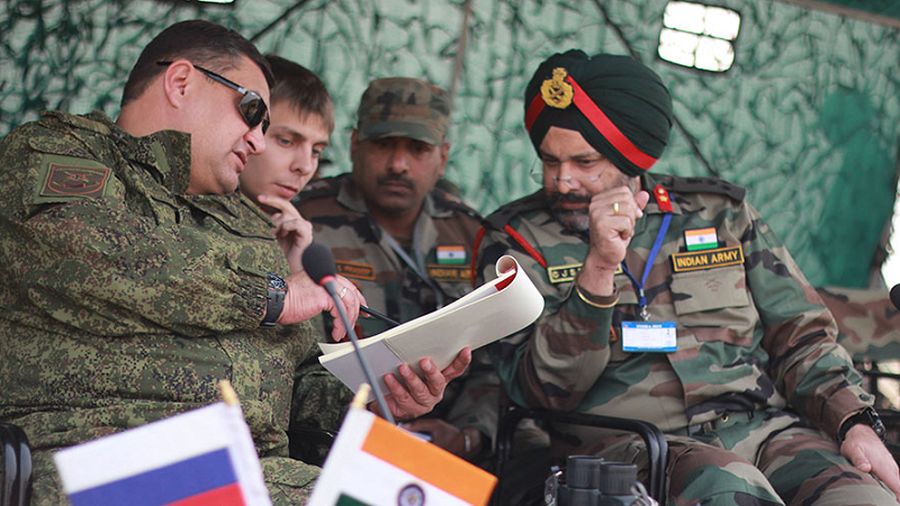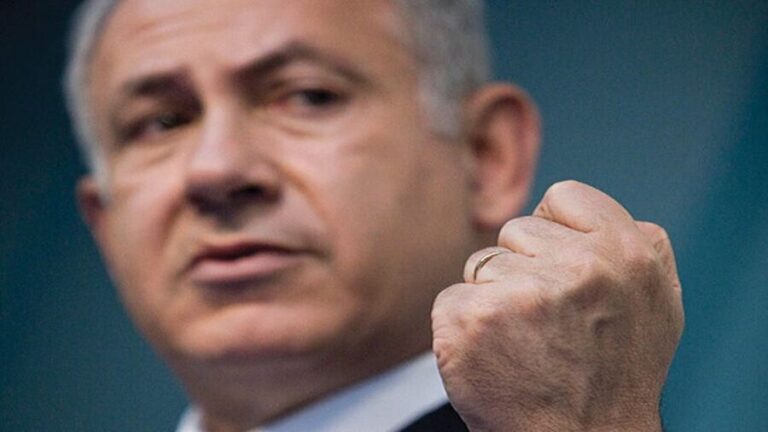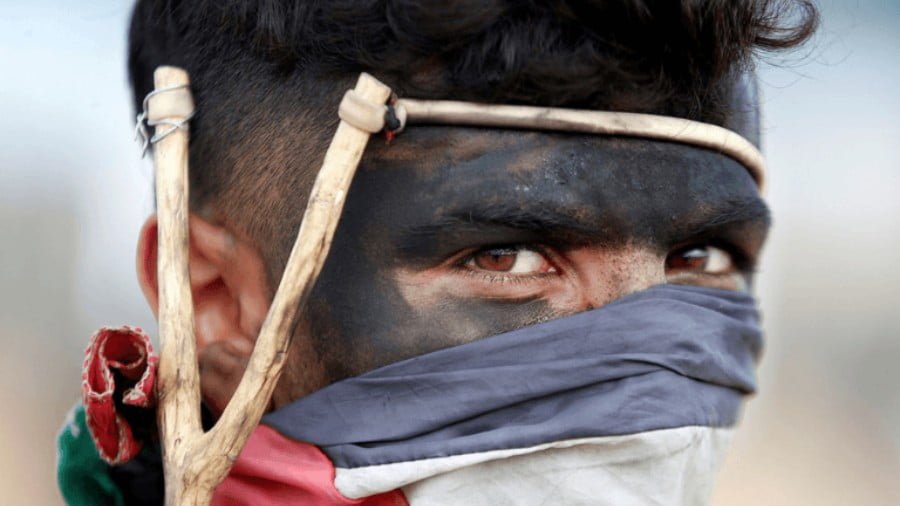Robust Russian-Indian Defense Ties Prove That New Delhi Still Values Moscow
Russia and India’s “military diplomacy” with one another and jointly with others has strengthened their strategic partnership.
The recalibration of Indian grand strategy over the past decade away from its prior model of non-alignment towards the de facto pro-Western pivot that it describes as multi-alignment raised concerns about the future of Russian-Indian relations. This trend was commenced in response to the Indian leadership beginning to view neighboring China’s rise as a threat. The US aims to contain the People’s Republic, which is why India found a commonality of grand strategic interest with it and decided to prioritize the comprehensive improvement of their relations. By contrast, Russian-Chinese ties have only strengthened during this time, which is why some Indians began to regard the Eurasian Great Power as unreliable when it comes to their anti-Chinese goals.
Russia will never do anything to harm its Chinese and Indian strategic partners’ interests, unlike the US which seeks to play India off against China in order to divide and rule Asia. Moscow’s military cooperation with both Great Powers is motivated by the desire to retain a balance of force between them whereas Washington wants to tilt the balance in New Delhi’s favor at Beijing’s expense. Even so, India realized that it cannot completely rely on the US to meet its military needs after being threatened with CAATSA sanctions for its planned purchase of Russia’s S-400 air defense systems. That deal also importantly signified the start of India once again recalibrating its military relations between both Great Powers and moving closer to Russia as a result.
The Stockholm International Peace Research Institute (SIPRI) released a report in March 2021 comparing trends in international arms transfers between the periods 2011-15 and 2016-20. it found that there was a whopping 53% fall in relevant Russian exports to India during that time. Even so, Head of International Cooperation and Regional Policy of Rostec state corporation Victor N. Kladov told The Hindu during late August’s Army 2021 exhibition in his country that their defense trade was worth $15 billion over the past three years. The outlet reported that the bulk of this was attributable to some big ticket deals such as the S-400s, which Mr. Kladov praised India for remaining committed to despite US sanctions threats.
I concluded in January of this year that “The Future Of US-Indian Relations Depends On New Delhi’s S-400 Decision” since it’ll show whether the South Asian state truly defends its national interests like Mr. Kladov believes or if it’ll submit to American pressure into becoming its new ally’s junior partner against China. As it presently stands, India has no such intentions of playing second fiddle to anyone as proven by its commitment to the Russian air defense deal. Military-technical cooperation has always remained the mainstay of the special and privileged Russian-Indian strategic partnership, and despite the negative trend that SIPRI recently reported, India evidently doesn’t feel comfortable sacrificing this and instead relies on it to retain balance with the US.
Had India compromised on its national interests by pulling out of the deal under American pressure, then it would have inevitably led to the irreversible deterioration of relations with Russia that would have seriously reduced its defense capabilities since it’s unable to realistically diversify away from its historical supplier anytime soon. Remaining committed to that deal complicates its ties with the US, though, but India believes that this is an acceptable cost for retaining its strategic sovereignty and still hopes that America might eventually grant it a sanctions waiver. Even if it doesn’t, India wouldn’t have lost out on all that much since its military-technical industry still remains dependent on Russia, not the US.
In fact, India seems to have once again begun to appreciate the reliability of its Russian partner after clinching so many big ticket deals over the past three years. The two sides are also looking to expand their military cooperation as well. The latest reports indicate that they’re negotiating an upgrade to the T-90S Bishma MBTs and Russia’s potential modernization of the Talwar-class guided missile frigates. They also just inked a deal for 70,000 AK assault rifles. Furthermore, they plan to export their jointly produced BrahMos supersonic cruise missile to countries in Southeast and West Asia, including the Philippines and potentially also Vietnam, both of which are embroiled in tense territorial conflicts with China in the South China Sea.
This last-mentioned observation shows that Russia isn’t afraid to cooperate with India in order to retain third countries’ military balances with China despite Moscow’s close ties with Beijing. Once again, it must be pointed out that Russia doesn’t seek to give anyone an edge over the other – neither China nor its other arms partners in Southeast Asia such as Vietnam – but to help each match the other’s growing capabilities with the hope that this would reduce the likelihood of a military clash between them and therefore improve the odds of a political solution to their disputes. The US, by contrast, hopes to give the Philippines, Vietnam, India, and others an edge over China in order to encourage them to provoke the same clashes that Russia hopes to avoid.
Russia’s and India’s planned BrahMos exports to third countries, especially those in the South China Sea, serve to positively reshape Indian perceptions about Russian reliability by showing that Moscow isn’t under Beijing’s influence like some in New Delhi fear. The Eurasian Great Power, just like its South Asian counterpart, doesn’t want to play second fiddle to anyone and is thus confidently showing the world that it’ll help others militarily balance China with Indian support the same as it helps China balance others such as India. Russia will never go as far as the US does by infringing on China’s interests, whether directly in the South China Sea or indirectly through the types of military equipment that it exports to its partners, but it’s still highly appreciated by India.
The BrahMos missiles can therefore be said to have been a game-changer in Russian-Indian military cooperation. Not only are they impressive in and of themselves, but their planned export to third countries embroiled in territorial disputes with China showed India that some of its experts were wrong about Russian intentions. This reassurance helped them to realize that they don’t need to put all their eggs in the American military basket, especially at the potential loss of their strategic sovereignty with time, which convinced them to remain committed to the S-400 deal despite the US’ sanctions threats. The end result is that Russia and India’s “military diplomacy” with one another and jointly with others has strengthened their strategic partnership.







